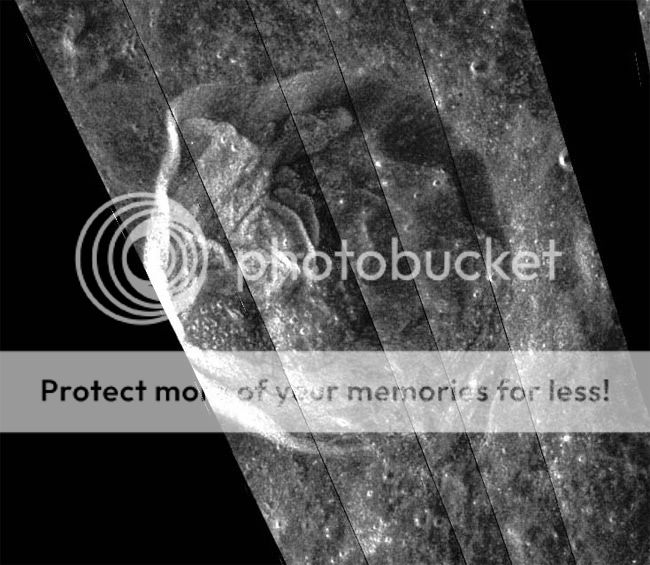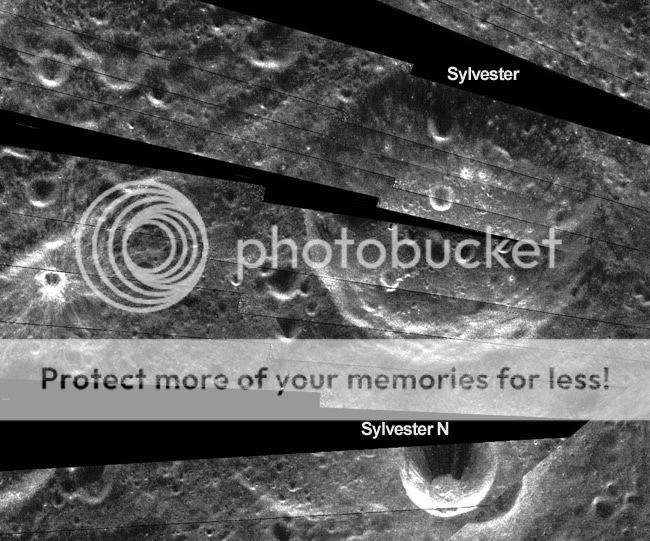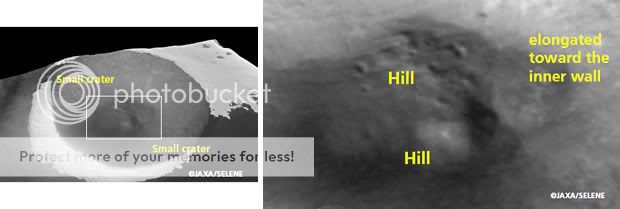Thank you neuvik, silylene & Boris for you input here. :mrgreen:

I am pleased to see that people are interested in this, I absolutley love this sort of thing. :mrgreen: :mrgreen:
Hi neuvik,
Yes AFAIK Chandrayaan 1 is completing the lunar mapping cycle at the end of Year 1. Year 2 will be devoted to targetted obvervation of features of added interest. The mission will enter a new phase, it is not being wound down, if anything it will become even more scientifically interesting if anything.
Hi silylene,
I suspect it is an artifact of how the returned signal is received by the orbiting receiver. You are certainly correct regarding the Saturn moon Hyperion with the deep drilled down conical craters. We now know, that Hyperion is the least dense 'solid' body known in the Solar System at only 0.55 gcm3 (grams per cubic centimetre), barely over half that of coherent water ice.
Ice rich lunar regolith may behave in a similar fashion perhaps??? An interesting thought. What would need to be doen is for those SAR (Synthetic Aperture Radar) observations to be repeated but with either Chandrayaan or LRO passing over in a differnt direction. If the conical structure remains & is oritated the same way as in these images, then we can be sure that the conical shape is real. If not, than it's an artifact. The features shown on the crater floors are real, but it's how they are presented is probably due to artifacts.
Hi Boris,
Yes that grabbed my attention as well. That slumping is major. Itg looks like to me that the material was very fine. If it was denser, it would still slump but not pile up like that. To me fine material slumped, & collided with itself on the crater floor, creating that folded appearance. Could be explained by ice rich regolith, that would certainly fit with what we are seeing on the shadowed floor of Rozdestvensky K Crater.
There is also this, an LRO Mini RF (Mini Radio Frequency) radar strip of an 12 KM wide, 100 KM long area close to the lunar south pole.
Also lets not forget this incredible piece of work carried out by JAXA with Kaguya / Selene, a very long exposure of the 19 KM wide south polar Shackleton Crater. The long exposure by the Terrain Camera, captured very weak reflected sunlight from the upper rim, very, very faintly illuminating the permanently shadowed floor, some 3,300 metres deep. I have put a formal suggestion to the Mercury MESSENGER team to attempt this at Mercury with the shadowed terrain on mercury, which they have accepted & have suggested likewise with Shackleton Crater & other polar lunar craters to the LRO team.
19 KM Shackleton Crater long exposure Kaguya / Selene. X marks the Lunar South Pole.
As above but with cropped & enlarged portion showing the permanently shadowed floor of Shackleton Crater by Kaguya / Selene.
Normal shot of Shackleton Crater from the ESA Smart 1 craft.
Andrew Brown.














